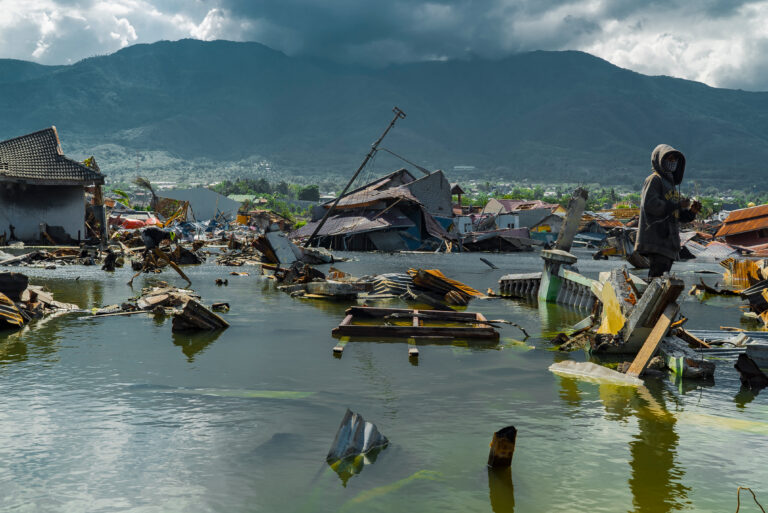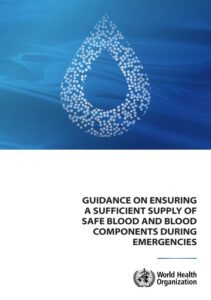Disaster recovery
In terms of disaster response, the existence of a quality and resilient blood service is critical to meet the high healthcare demand for blood. While the availability of blood may be an issue in the event of a disaster, ensuring the safety of the blood supply is also of paramount concern.
Immediate advice and long-term rebuilding
GAP provides coordination assistance as requested to the IFRC, National Society blood services and partners to help rebuild blood programs impacted by disasters; this includes short-term assistance, as well as longer term recovery and sustainability.
If a National Society blood service is impacted by a disaster, it is important to ensure that the National Society includes specific reference to the blood program recovery within the scope of any local or IFRC disaster appeals, to ensure resourcing is available to rebuild and recover this essential health service for the community.
Impacted by a disaster?
GAP can provide advice and coordination support for National Society blood program rebuild and recovery

Get disaster prepared
Find out more about GAP’s training materials for disaster preparedness and response
GAP disaster support programs

Sulawesi, Indonesia
Following the devastating earthquake and tsunami in 2018, GAP, together with funding partner Belgian Red Cross supported Palang Merah Indonesia to strengthen their capabilities in effective disaster preparedness planning and risk mitigation. The PMI blood service developed operational and business continuity strategies that can be rapidly implemented in the event of any disaster, benefitting the blood service network which spans 224 blood centres across the archipelago.

Nepal
In April 2015, the 7.8 magnitude earthquake in Nepal caused widespread destruction and impacted the lives of millions. Together with partner National Societies, GAP provided technical coordination support to the Nepal Red Cross Society for the rebuild and recovery of the national blood program, including infrastructure, critical equipment, training, resources and capacity development.
Report available on request – contact GAP.
WHO Guidance
Ensuring a sufficient supply of safe blood and
blood components during emergencies

